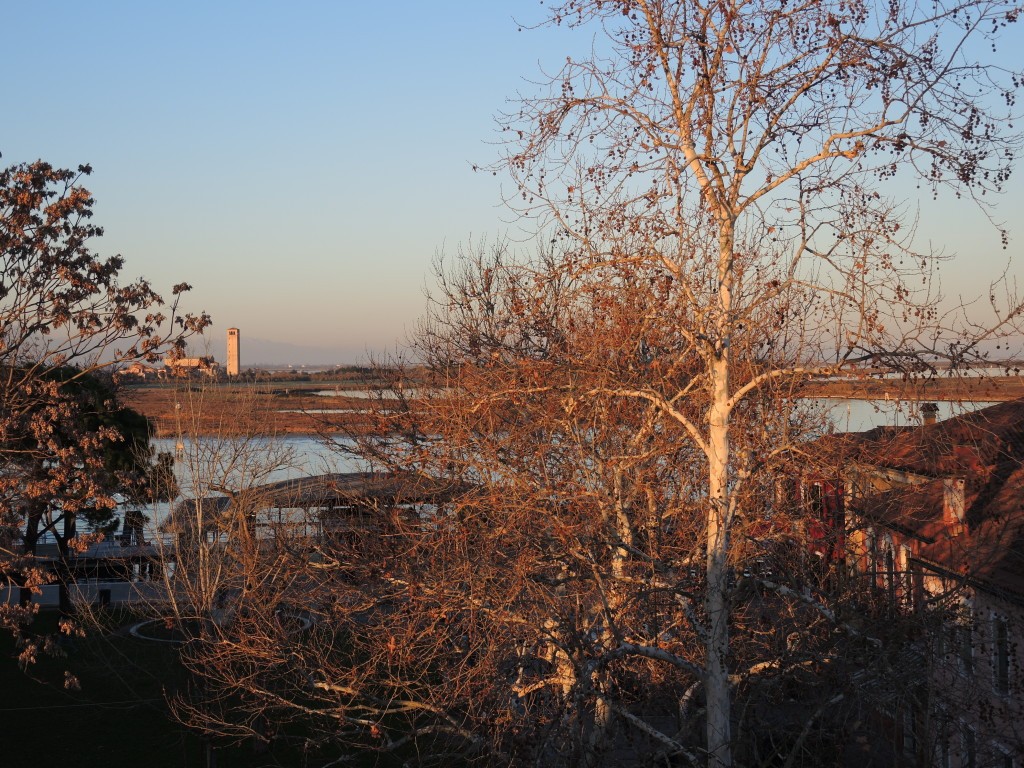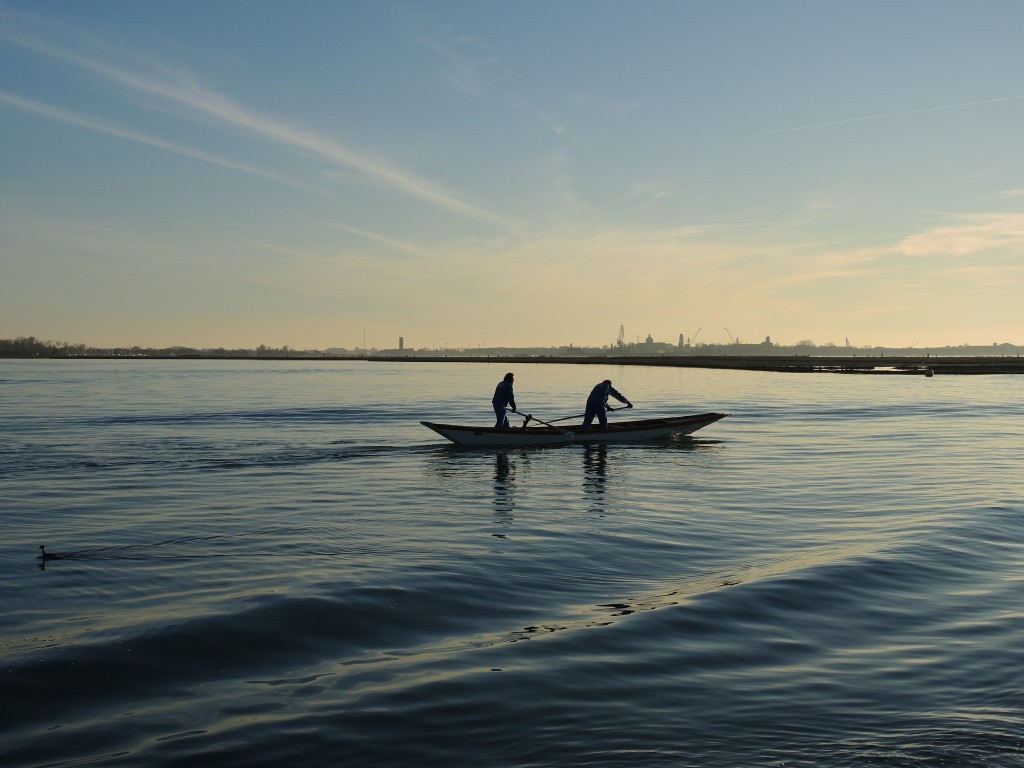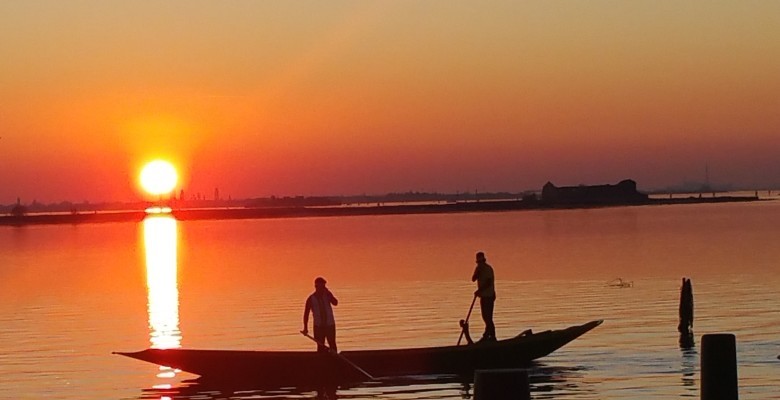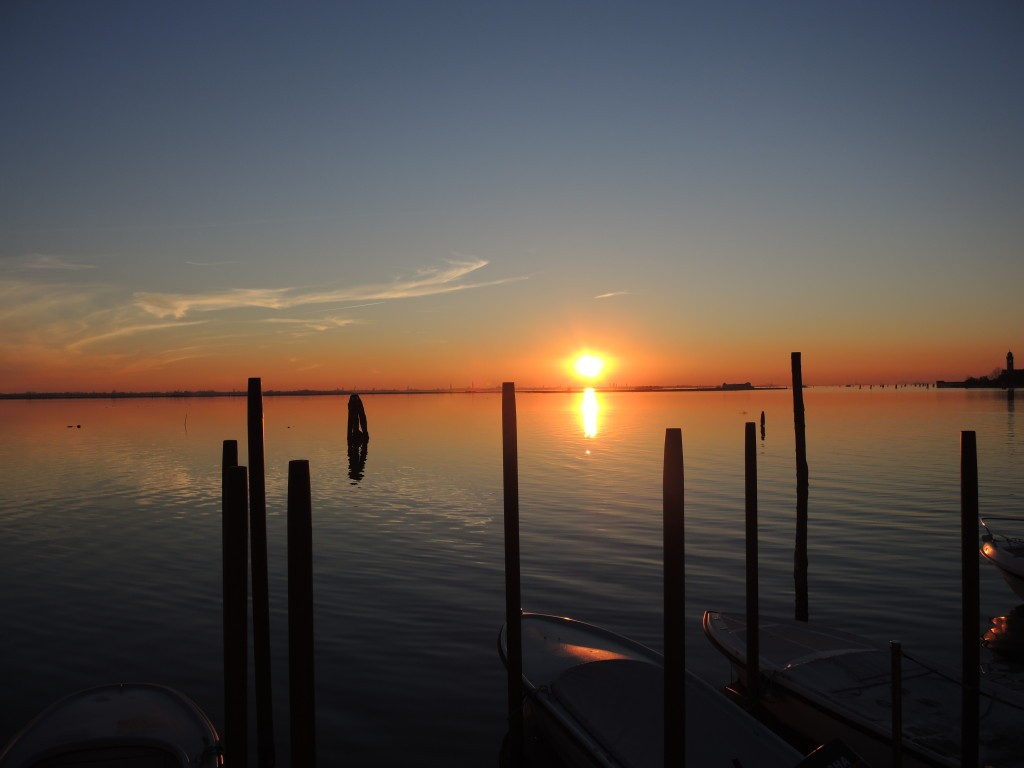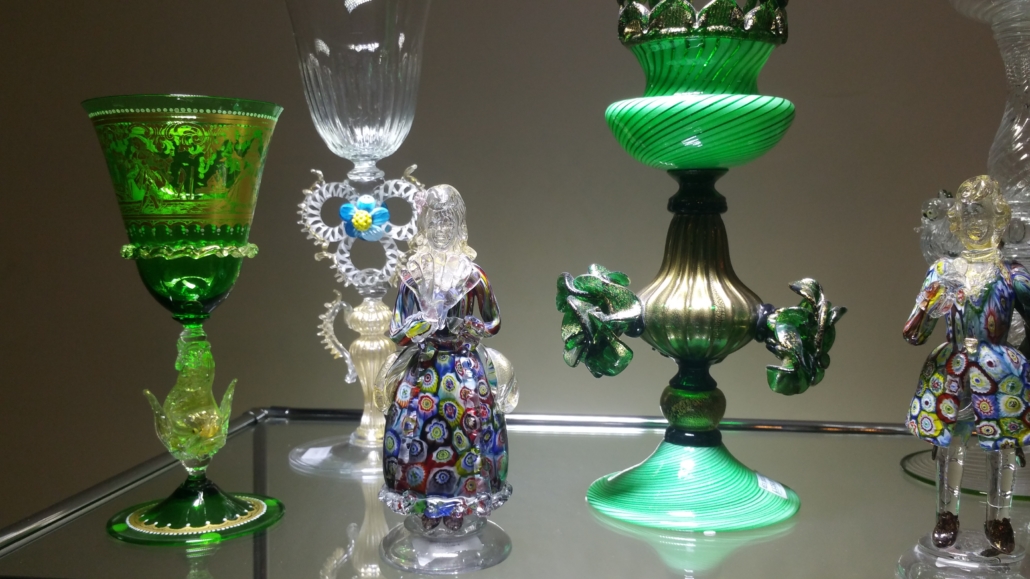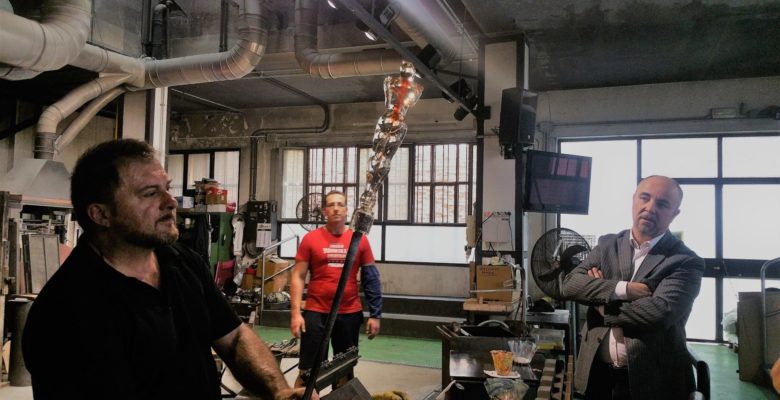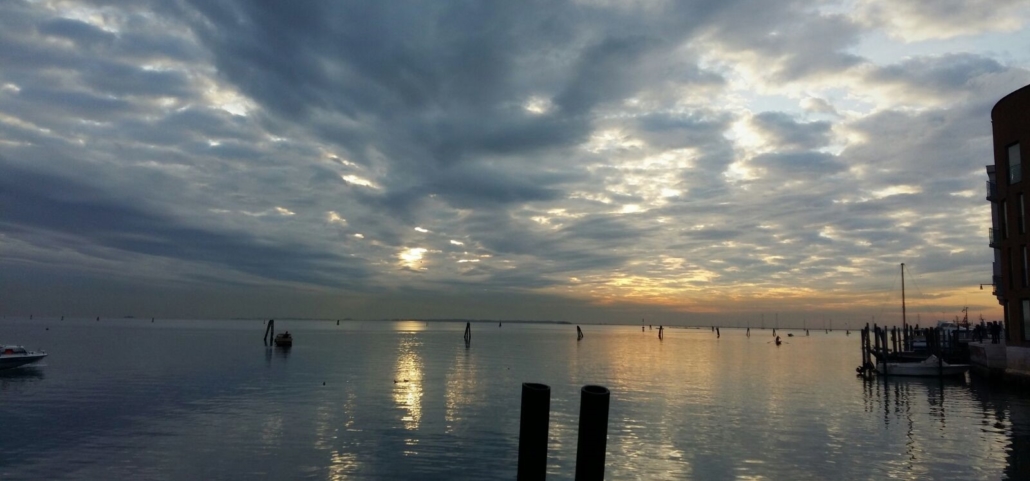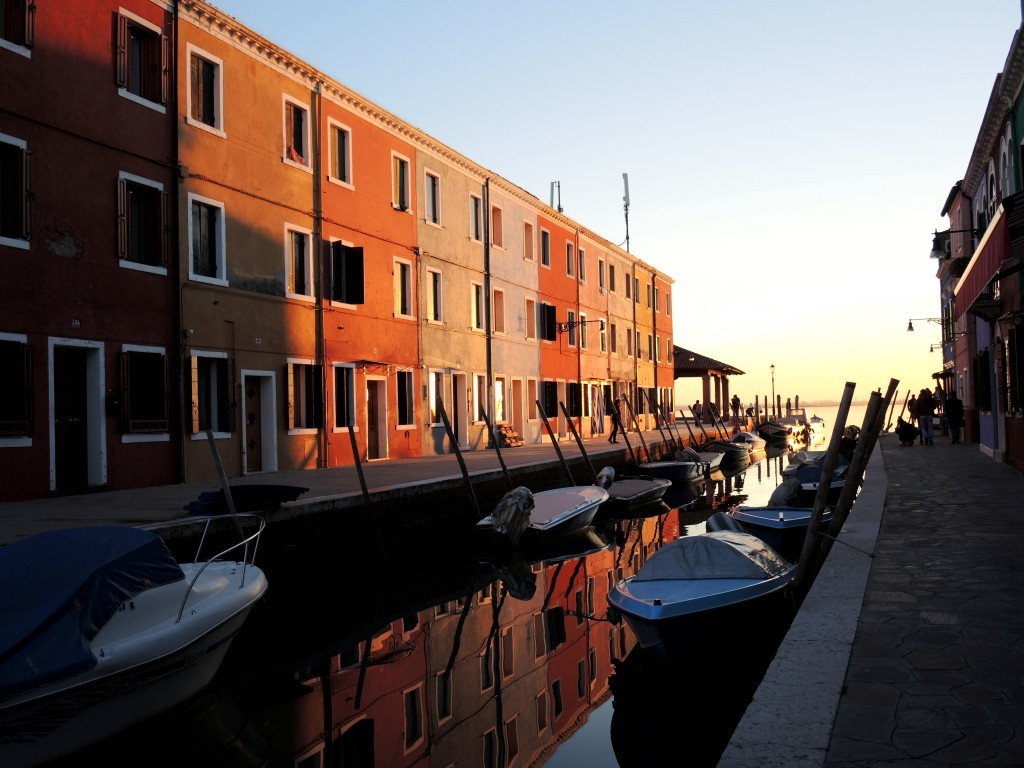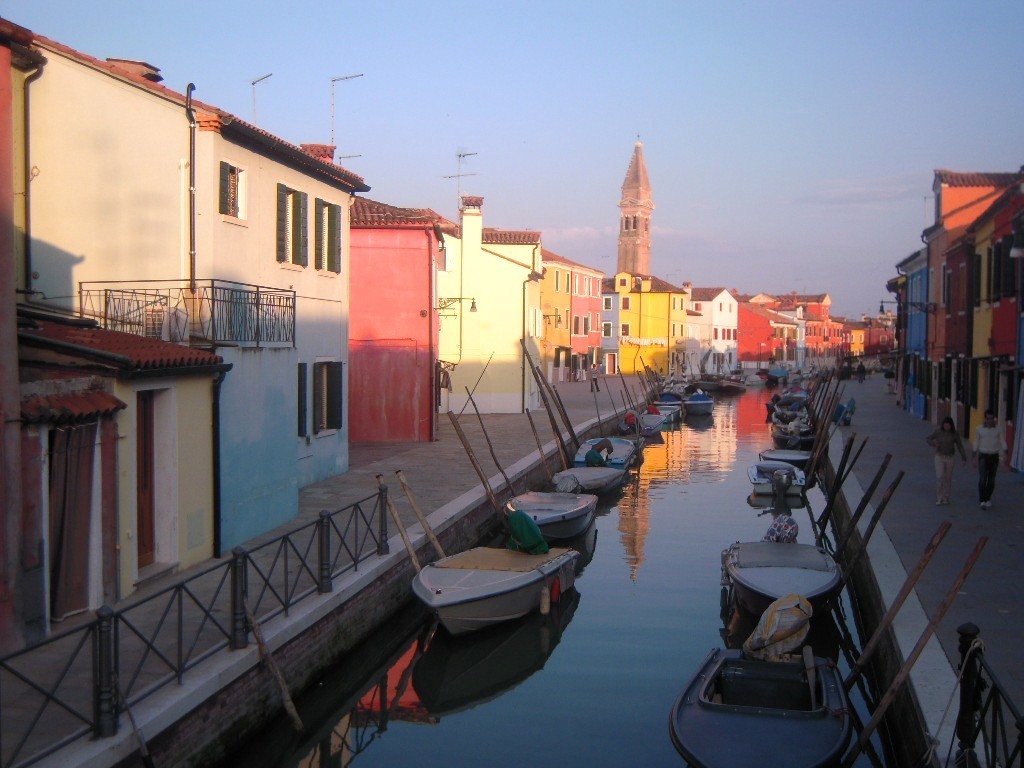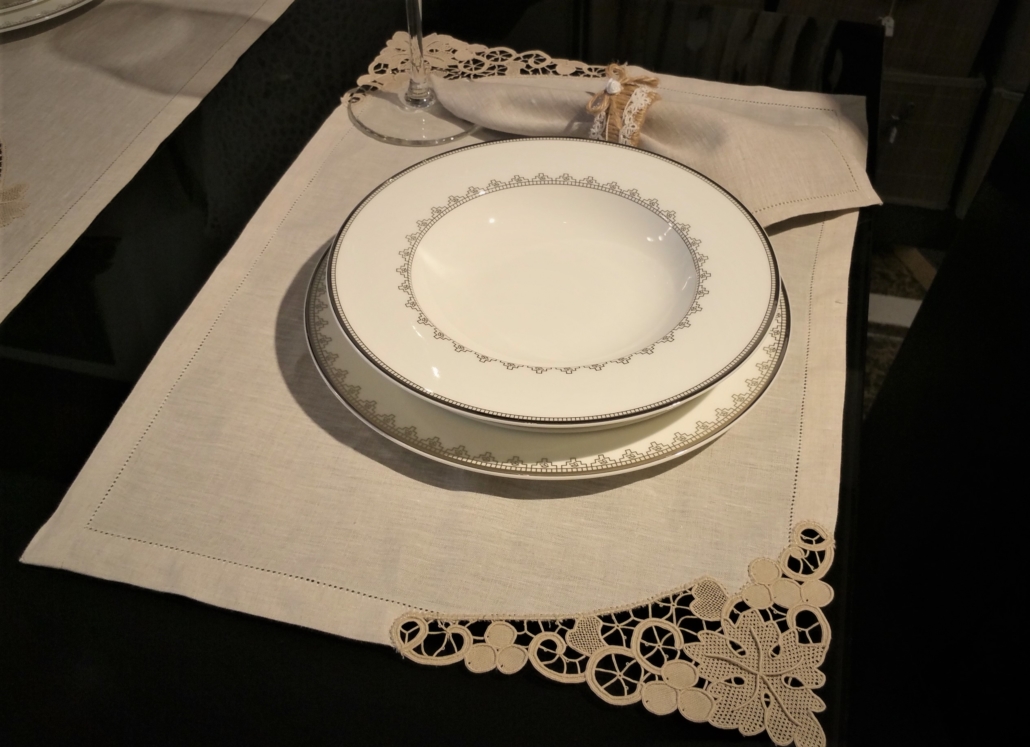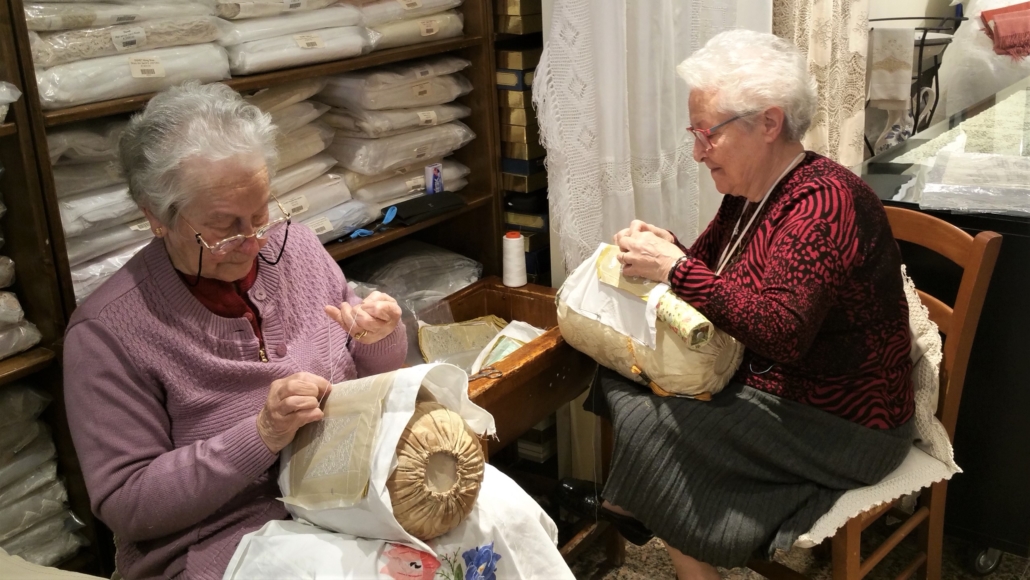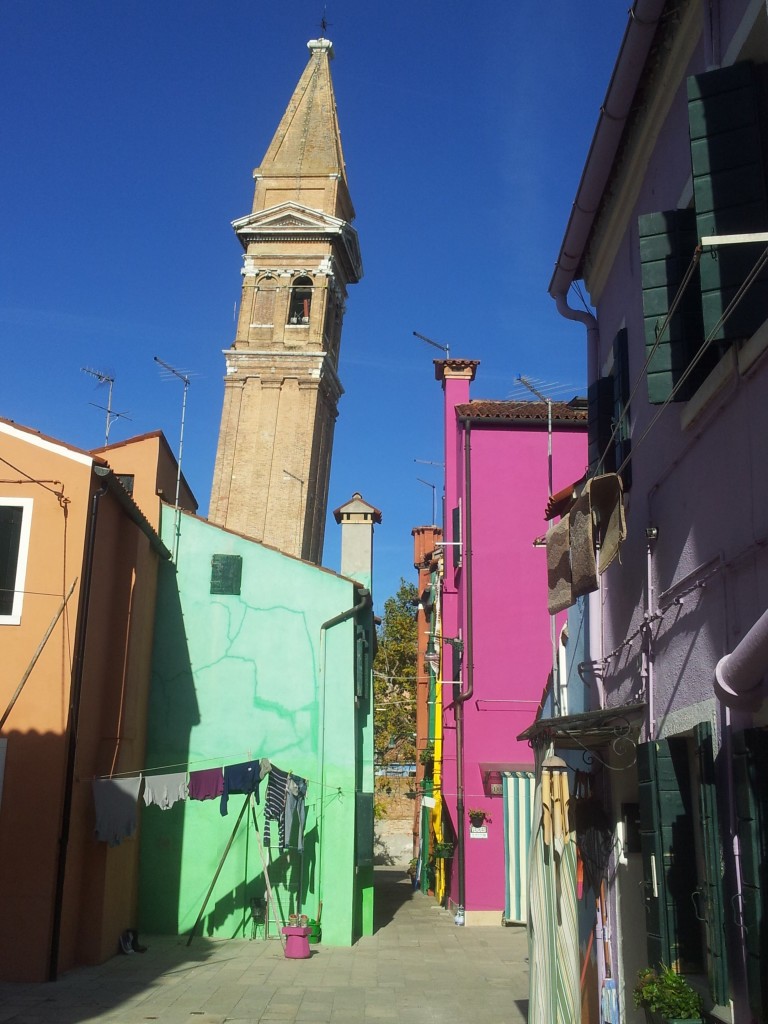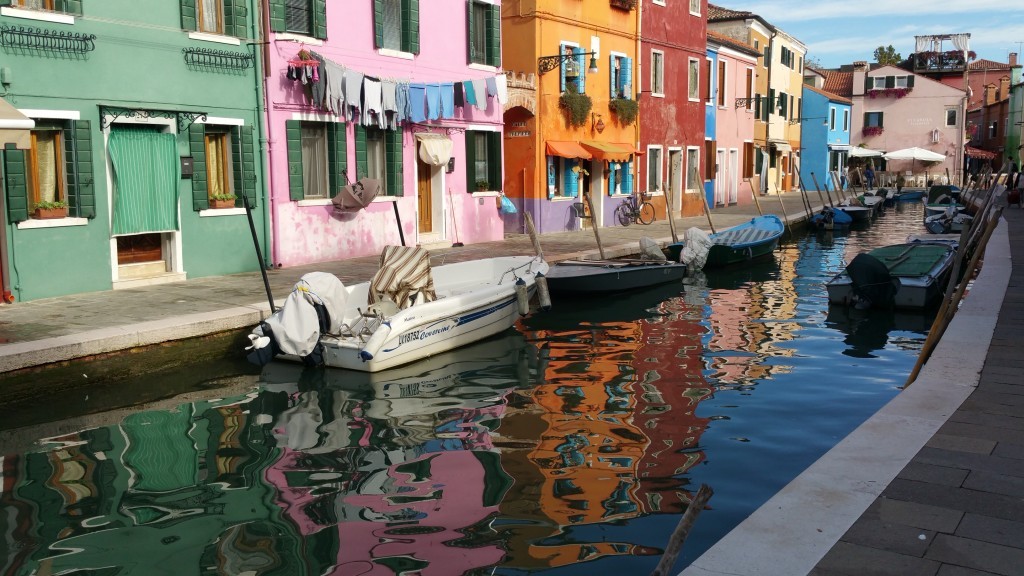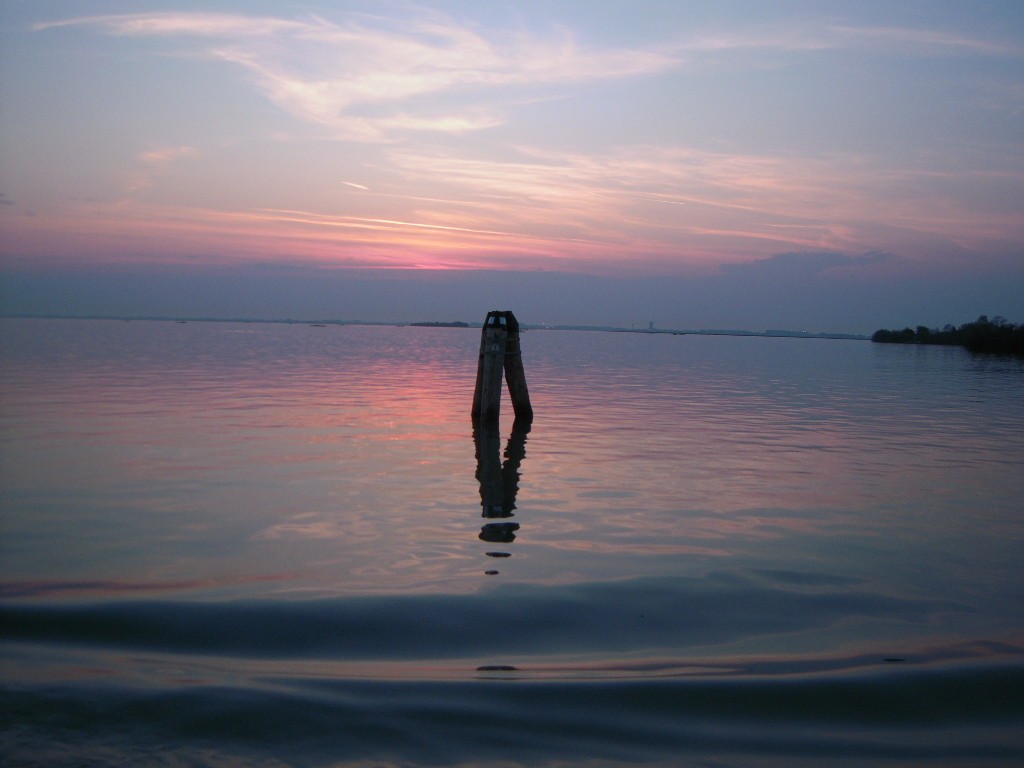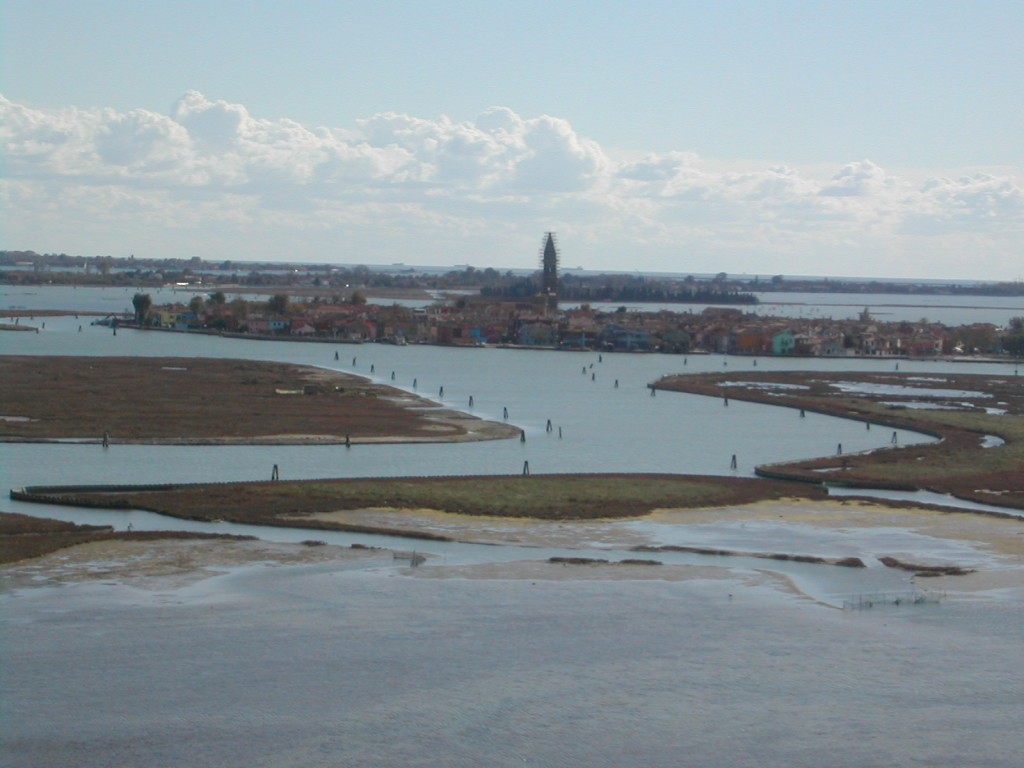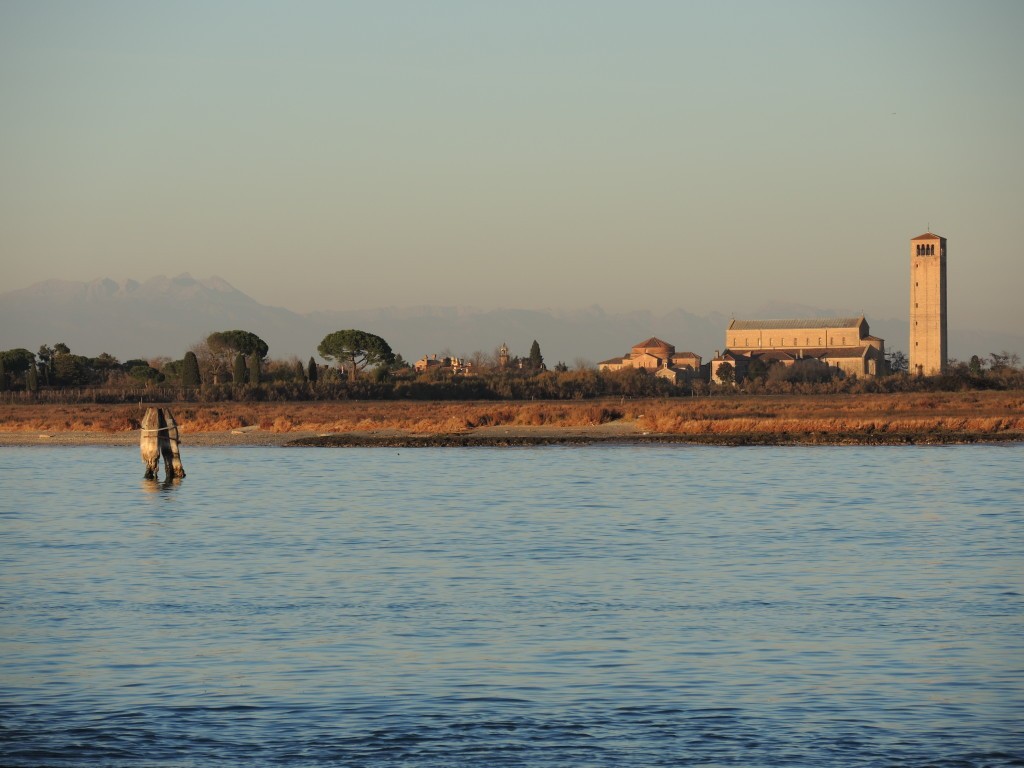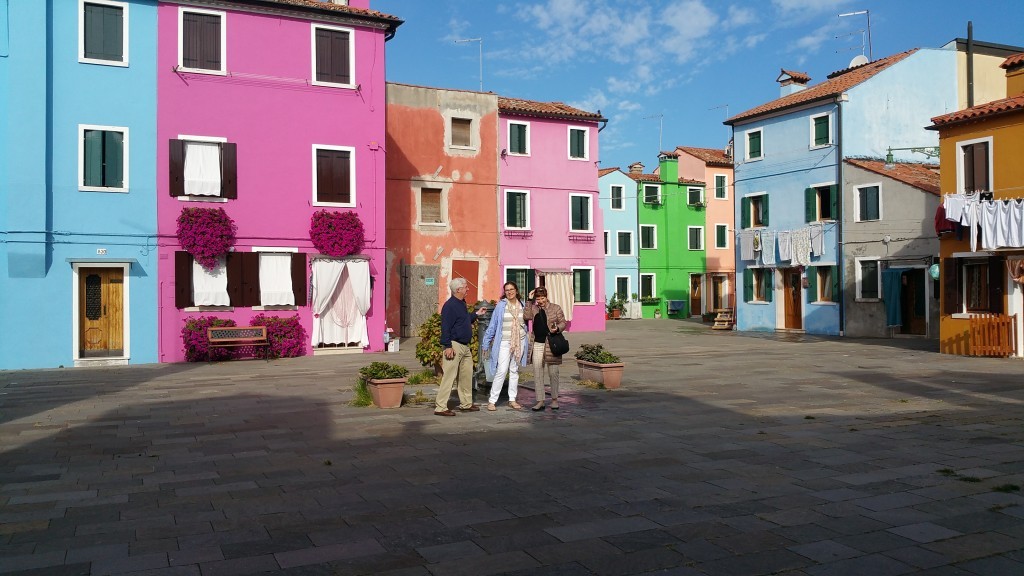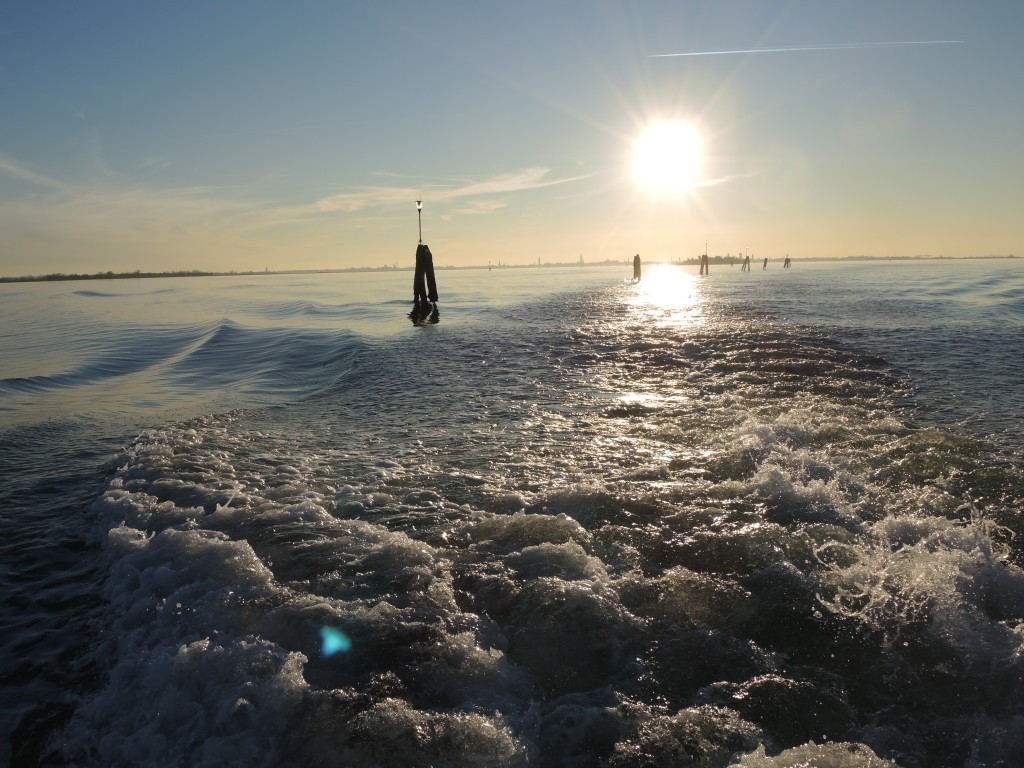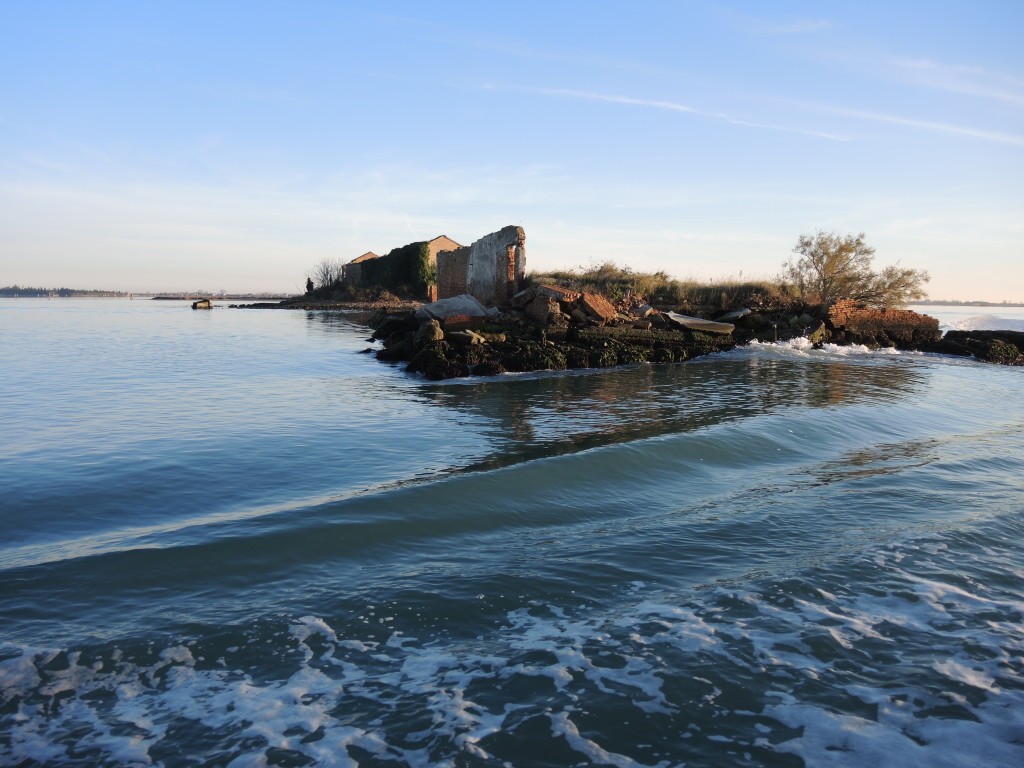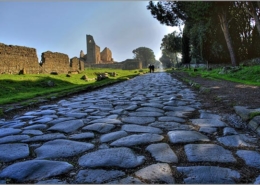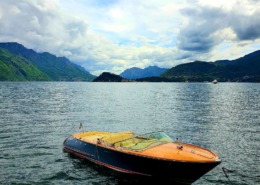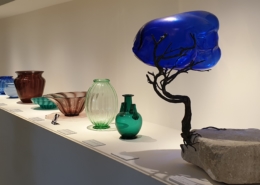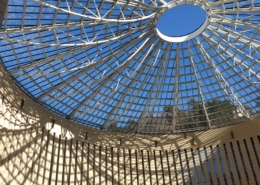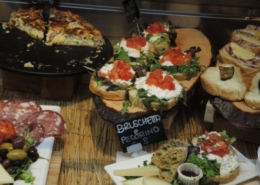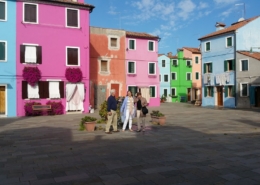Highlights of this tour
- Private water taxi cruising in the Northern Lagoon
- Murano: visit to a glass blowing furnace & showrooms
- Stroll in Burano Visit to a lacemaking atelier (on request)
- Navigation along the Grand Canal (on request, adding an extra hour)
CRUISING THE VENETIAN LAGOON: MURANO & BURANO
CRUISING THE VENETIAN LAGOON – Of all the islands of the Venetian Lagoon, Murano and Burano are certainly two of the most internationally famous.
A visit to the two of them will complete your first approach to Venetian civilization.
Exploring the Northern Lagoon itself will be of great interest and relaxing at the same time.
This tour is perfect for families with kids as well, as both the boat rides and the visit to the artisans in both islands will be fun and educational at the same time.
Our private water taxi will pick us up directly at the hotel water door or from the nearest landing stage. At the beginning of our ‘Cruising the Venetian Lagoon’ we’ll navigate some minor canals on our way to the North Lagoon. We’ll pass by a beautiful green island, San Michele, once a Franciscan Monastery, today Venice’s main cemetery.
Your guide will tell you about Igor Stravinsky, Ezra Pound, Iosif Brodskiy and other famous people buried here.
In few minutes we’ll approach Murano. Before we disembark you’ll be told why and when Murano became one the most important centers of artistic glass production in the world and what’s the actual situation of this art after 800 years.
We’ll be greeted by the people working at one of the best glass factories and visit the glass furnace first of all.
It will be probably hot inside (very hot in the summer!) but they will offer us some water or soft drinks to keep us cool.
From Mondays through Fridays we’ll be able to see the actual glass production in Murano. If we are visiting during the weekend (or during August, when the main furnaces are not in activity) they will be happy to give us two demonstrations, exemplifying the two fundamental techniques, glass blowing and massive glass sculpture shaping.
After that we’ll have the opportunity to visit the showrooms, that will give us a better idea of the huge variety of techniques and styles.
While the techniques are fundamentally unchanged since the early days (or, in some cases, since Ancient Roman times), there’s no limit to creativity, and you’ll be surprised by the incredible variety of objects, shapes and colors.
Some pieces are signed by famous artists, others were created by young promising masters.
Besides the glasses, goblets, vases, sculptures, ladies will also find a great choice of glass beads and jewels.
Leaving Murano to reach Burano, navigation continues in the calm waters of the Lagoon for about 25 minutes.
On our right we’ll enjoy the view of the long, verdant islands of Vignole and Sant’ Erasmo, this second famous for its baby artichokes, broccoli and other vegetables.
Your guide will tell you about the historic and naturalistic importance of the Lagoon and will mention some of the other islands, stressing the accent on how
Cost of this tour
- This tour lasts four hours and costs 1250 euros up to six people (not per person)
- Transportation and private expert included (four hours by private water taxi)
- Only private parties.
- For larger parties send us an email!
Dress Code and advice
- No dress code required

